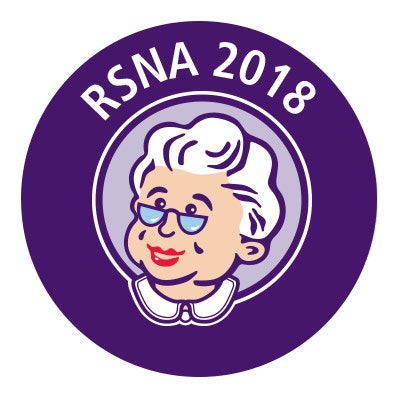
CHICAGO - The utilization rate of CT continues to soar in U.S. hospital emergency departments, with radiologists interpreting the majority of these exams. What does the trend say about the state of emergent CT? Researchers from Pennsylvania explored the question in a Tuesday presentation at RSNA 2018.
The group, led by presenter Dr. Santosh Selvarajan from Thomas Jefferson University Hospital, set out to define trends in emergency CT use in recent years. The analysis of U.S. Medicare outpatient imaging data from 2004 to 2016 revealed a significant increase in CT utilization across all subcategories.
"Most of this growth was in spinal CT and vascular CT, partly because of the increased number of scanners in most places," Selvarajan told session attendees. "Cooperation between the radiologists and emergency physicians is very important. We need to work together to better control utilization."
Surge in emergency CT
The rate at which physicians order CT in emergency departments across the world has been on the rise in the past decade, inciting concern among policymakers and payors, he noted. Selvarajan and colleagues previously reported an increase of emergency CT use by roughly 159% from 2002 to 2012.
"The continued growth [of CT usage] in the emergency department is partly due to the increased applications of CT with improved technology and partly from inappropriate use," he said.
For the current study, the researchers examined the Medicare Part B Physician/Supplier Procedure Summary Master Files for 2004-2016 to determine the utilization rates for a variety of CT subcategories, such as head, spine, body, vascular, and musculoskeletal CT. The head subcategory included CT angiography (CTA) of the head and neck.
The group sought to uncover any potential changes in CT usage since the U.S. Centers for Medicare and Medicaid Services (CMS) set code bundling only for abdominal and pelvic CT in the early 2000s. Selvarajan and colleagues also used provider specialty codes to identify which physician specialties had interpreted the emergency CT exams.
Overall, CT use in emergency departments grew considerably. Cardiac CT demonstrated the most dramatic increase in usage, but this percentage change only involved an increase of a couple thousand cardiac CT exams, from 194 in 2006 to 2,430 in 2016. Among the widely used exams, spinal CT had the greatest spike -- an increase exceeding 400% -- followed by vascular CT. Neuroimaging CT also displayed substantial growth and almost doubled in the same time frame.
| Trends in U.S. emergency CT use from 2006 to 2016 | |||
| Type of CT exam | No. of exams acquired in 2006 | No. of exams acquired in 2016 | Percent change from 2006-2016 |
| Cardiac | 194 | 2,430 | 1,153% |
| Spinal | 202,450 | 1,059,074 | 423% |
| Vascular | 115,540 | 469,300 | 306% |
| Musculoskeletal | 35,500 | 93,661 | 164% |
| Head and neck | 1,875,263 | 3,632,617 | 94% |
| Body | 1,568,992 | 2,448,258 | 56% |
Radiologists interpreted more CT scans than physicians from any other specialty did, reading at least 99% of the exams. In addition, the radiologists' interpretation rate increased more, relative to that of other specialties, for all subcategories of CT.
The only subcategories for which nonradiology physicians did not have a decrease in interpretation rate were spinal, vascular, and cardiac CT, mostly due to an increase in interpretation by cardiologists.
Up to the radiologist
Selvarajan offered several possible reasons for this continued escalation in emergency CT utilization rates:
- The vital information provided by CT helps clinicians detect pathology earlier and more accurately, which may improve patient management.
- The expedited care available in the emergency department may be drawing more patients there.
- There is an increased fear of malpractice and stress concerning turnover time.
- Emergency departments are favoring defensive medicine.
- The Medicare fee-for-service payment structure gives importance to quantity over quality.
"Though there have been various policies implemented to cut imaging growth, they helped reduce CT utilization only in the inpatient, outpatient, and office setups, but not in the emergency department," he said. "One reason for this may be that we don't need any preauthorization [for ordering CT exams] in the emergency department -- surpassing the scrutiny of the many criteria put forward by policymakers."
There are various measures clinicians can take to reduce the overall CT utilization rate, including developing a way to incentivize quality over quantity, as well as meticulously applying clinician decision-support tools such as the Wells criteria, Canadian C-spine criteria, and the American College of Radiology appropriateness criteria, Selvarajan noted.
"It is up to the radiologist to take the initiative and cooperate with emergency room physicians to apply these appropriateness criteria," he said. "Maybe even more important may be the involvement of patients in the decision-making -- making sure that they understand the potential risks of a CT exam and whether it would be beneficial."




















